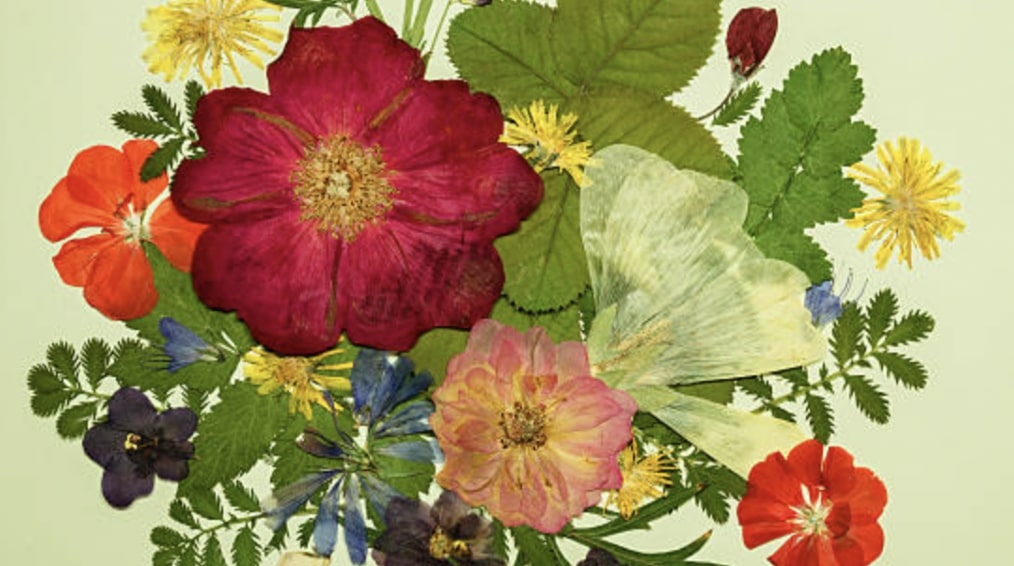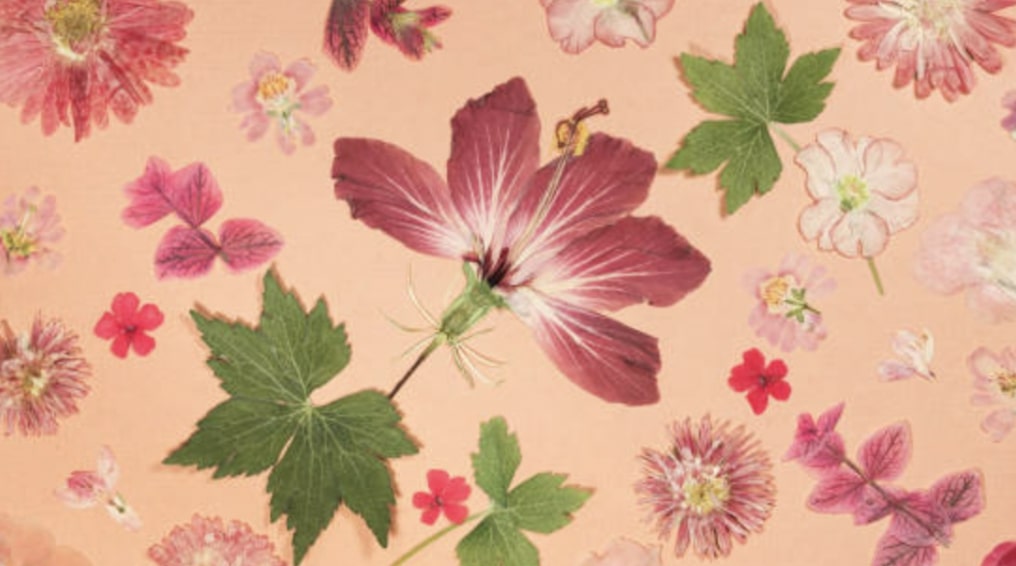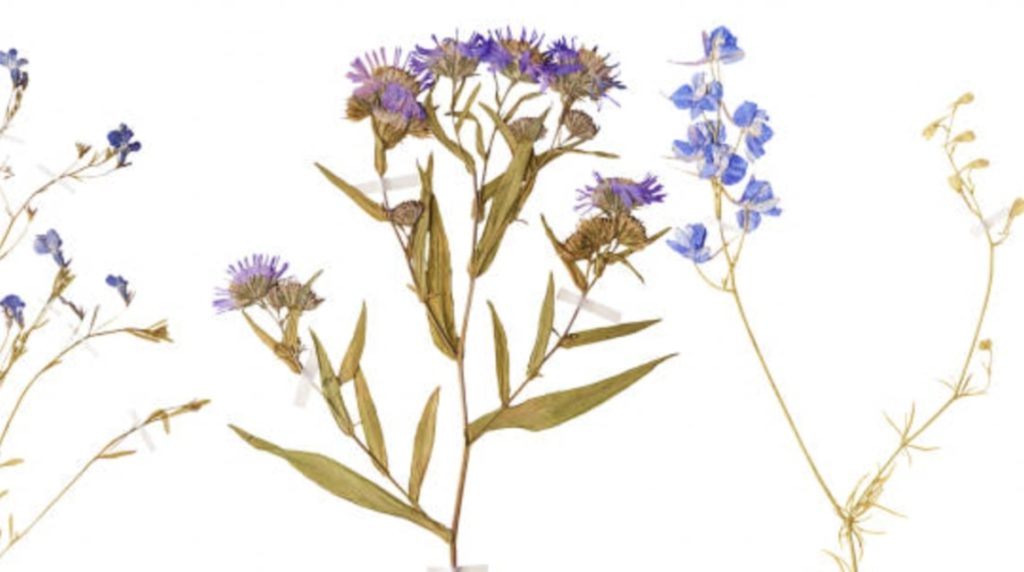Pressing flowers has been a pastime since the Victorian ages. This is roughly the period between 1820 and 1914 under Queen Victoria’s reign in the United Kingdom.
These flowers are often given as special gifts to you from a darling or friend. Even many years later, they will stay as beautiful as when you got them.
They’re a great reminder of the memories and history you share with the giver.
Speaking of history, we’ll be exploring the history of pressed flowers in this guide. Scroll down to learn more about it!
Ancient Times
The tradition of pressing flowers dates back over three thousand years ago. Dried blooms were often depicted in potteries, wall art, funeral sites, and even preserved on rocks.
In ancient Egypt, flowers were used for many things from personal use to funeral rites to prepare the person for the next life.
As claimed by National Geographic, archaeologists found pressed laurels and garlands in the coffin of the mother of King Tutankhamun in Egypt who is called “The Younger Lady.”
16th Century

The Japanese have always been known to be very creative. They did Oshibana—an art in which they used plant parts or whole flowers to form a beautiful image, mostly one that depicts nature.
For example, they can use many cut blue petals to create the feathers of a bird or leaves for a green rice field.
You can imagine that this art is easy and fun to do, even for beginners. So, it soon became popular and even greatly impressed American and UK traders in Japan that they took the practice home with them.
Late 19th Century

This is the period when pressed flowers were booming. Many people from different parts of the globe were pressing flowers, and this was covered in news reports and publications.
During this time, people also started putting their pressed flower collections in scrapbooks, displaying them in picture frames, or placing them somewhere where others can appreciate them.
People who pressed flowers weren’t just hobbyists or professors; everyday people did it too. The flower varieties commonly pressed included geraniums, larkspurs, pansies, and violets, just to name a few.
Early 20th Century
They were also used to nicely decorate ordinary and hurricane-shaped glass vases. The latter is a kind of vase that has a pear shape.
Some people also used them in their letters and as a bookmark, and others made them into a fashion accessory such as a necklace, brooch, and earrings.
In addition, Frederick Vester compiled many pressed flower art from Jerusalem in a tome called Flowers of the Holy Land. Specifically, the shown preserved blooms were kept in an elegant wood cover.
Late 20th Century

By this time, there had been many pressed flower enthusiasts and artists. One famous Oshibana artist is Nobuo Sugino.
In 1993, he traveled around the world and made and collected pressed flowers as often as he could. His collections were featured in the International Pressed Flower Book which was published in 1997.
Two years later, he founded the International Pressed Flower Art Society. It’s an organization that aims to share the joy and beauty of Oshibana, educate those who are interested, and conduct Oshibana events and competitions worldwide.
Making pressed flowers continues to this day thanks to its accessibility. You don’t have to get special equipment to do it—just a few blooms, a weighty book, and a little patience will do.




